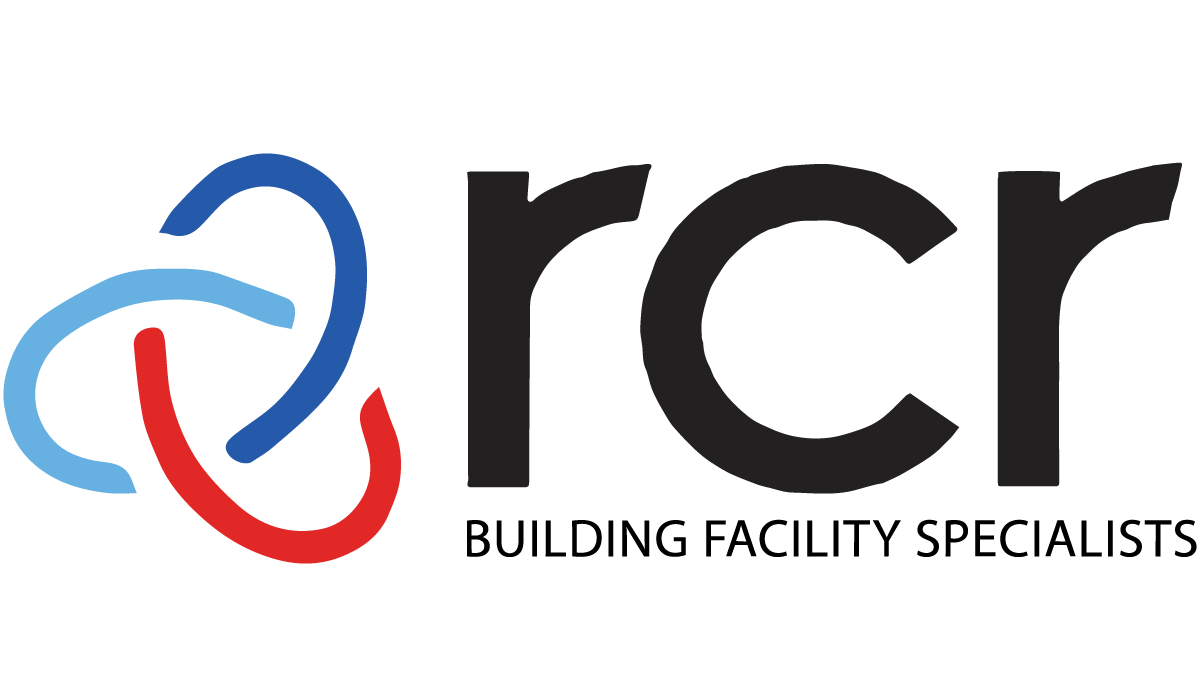What you need to know about calculating the solar power ROI
Solar power has emerged as a sustainable and eco-friendly energy source in recent years, capturing the attention of both individuals and businesses alike. As more people seek to harness the power of the sun to meet their energy needs, one critical aspect to consider is the return on investment (ROI). Calculating the solar power ROI is vital for making informed decisions regarding the transition to solar energy. In this article, we will explore the nuances of solar power ROI, its significance, the factors influencing it, and the essential steps to calculate it accurately.
The Significance of ROI on Solar Power
1. Environmental Benefits
Solar power’s positive impact on the environment cannot be overstated. This renewable energy source significantly reduces greenhouse gas emissions, contributing to a cleaner and more sustainable planet. Understanding the ROI allows individuals and businesses to quantify the environmental benefits of going solar, reinforcing the case for renewable energy.
2. Financial Implications
Investing in solar panels and systems is a substantial financial commitment. By calculating the ROI, individuals and businesses can assess whether this investment will yield long-term financial savings. It offers a clear picture of the financial implications of transitioning to solar energy, helping you make financially sound decisions.
Factors Affecting Solar Power ROI
3. System Cost
The upfront cost of purchasing and installing solar panels can vary widely based on the size and complexity of the system. Minimising this initial investment is key to enhancing your ROI. Exploring cost-effective options and financing solutions can make solar power more accessible and financially viable.
4. Energy Consumption
Understanding your current energy consumption is crucial when calculating ROI on solar power. Your energy needs determine the size and capacity of the solar system required. By accurately assessing your energy usage, you can avoid investing in an oversized system, ensuring maximum cost-effectiveness.
5. Incentives and Rebates
Many governments offer incentives, tax credits, and rebates to promote solar power adoption. Incorporating these incentives into your ROI calculations can significantly boost your returns. Be sure to research and take advantage of any available financial incentives in your region.
6. Location
The geographical location of your property plays a pivotal role in ROI on solar power. Sunnier regions generally receive more sunlight, resulting in greater energy production and a faster ROI. Consider your location’s solar potential when evaluating the financial viability of a solar installation.
Steps to Calculate ROI on Solar Power
7. Gather Initial Investment Costs
Begin by compiling all the costs associated with purchasing and installing solar panels. This includes equipment, labour, permits, and any additional expenses. Having a clear understanding of the initial investment is the foundation of ROI calculations.
8. Estimate Future Savings
Determine your expected energy savings over the lifetime of your solar system. Consider factors such as reduced electricity bills and potential energy credits. This estimation provides valuable insights into the long-term financial benefits of going solar.
9. Account for Maintenance Costs
While solar panels require minimal maintenance, it’s essential to include any potential upkeep expenses in your calculations. Regular maintenance ensures optimal system performance, which directly impacts your ROI.
10. Include Tax Credits and Incentives
Government incentives and tax credits can significantly reduce the initial investment cost. Be sure to factor these incentives into your calculations, as they can expedite the ROI period.
11. Calculate Payback Period
Divide the initial investment by your annual savings to determine how many years it will take to recoup your investment. A shorter payback period indicates a more financially rewarding solar investment.
12. Consider Financing Options
Explore various financing options, such as solar loans or leases, to make solar power more accessible. Assess how these options impact your ROI and financial goals.
13. Monitor Energy Production
Regularly monitor your solar system’s energy production to ensure it meets expectations. Any discrepancies in energy output can be addressed promptly, safeguarding your ROI.
14. Review ROI Periodically
As energy costs fluctuate and incentives evolve, it’s essential to reassess your ROI on solar power periodically. Adapting to changing circumstances can optimise your long-term financial gains.
Understanding how to calculate the ROI on solar power is paramount for anyone considering the transition to clean and sustainable energy. By comprehending the factors influencing ROI and following the essential steps outlined in this article, individuals and businesses can make informed and financially sound decisions about investing in solar power. Not only does solar energy benefit the environment, but it also offers significant long-term financial advantages.
Ready to make a smart investment in clean energy? Reach out to RCR today to explore your solar power options, calculate your ROI, and take the first step towards a sustainable and cost-effective energy future. Don’t miss out on the opportunity to save both the environment and your wallet – contact us now!




